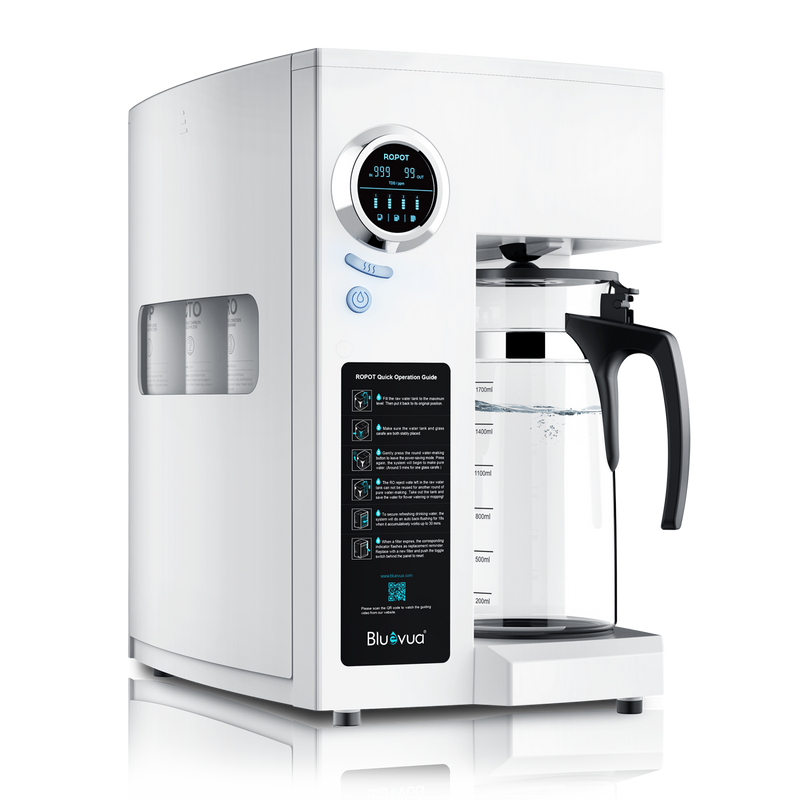Blog Information
- Posted By : Dalbec Hurt
- Posted On : Jul 18, 2024
- Views : 137
- Category : Education
- Description : How a Reverse Osmosis Water Filter System Can Improve Water Quality in Industry
Overview
- How a Reverse Osmosis Water Filter System Can Improve Water Quality in Industry
Understanding the Reverse Osmosis Water Filter System
The reverse osmosis water filter system is a highly effective method for purifying water, especially in industrial settings. This system operates by forcing water through a semi-permeable membrane, which removes contaminants and impurities. But how exactly does this process work, and why is it so beneficial for industrial applications?

The Working Principle of Reverse Osmosis
Reverse osmosis (RO) works on the principle of osmosis, but in reverse. In a standard osmosis process, water naturally moves from an area of low solute concentration to an area of high solute concentration through a semi-permeable membrane. However, in reverse osmosis, pressure is applied to the water, forcing it through the membrane in the opposite direction. This process effectively removes dissolved salts, bacteria, and other impurities, resulting in highly purified water.
"Reverse osmosis is a powerful technology that can remove up to 99% of contaminants from water, making it ideal for industrial applications."
Benefits of Using Reverse Osmosis in Industry
Industries that require high-quality water for their processes can greatly benefit from using a reverse osmosis water filter system. Here are some key advantages:
- Improved Water Quality: RO systems can remove a wide range of contaminants, including heavy metals, chemicals, and microorganisms.
- Cost-Effective: While the initial investment may be high, the long-term savings on water treatment and maintenance costs can be substantial.
- Environmental Benefits: By reducing the need for chemical treatments and minimizing wastewater, RO systems contribute to a more sustainable industrial operation.
Applications of Reverse Osmosis in Industry
Reverse osmosis water filter systems are used in various industrial sectors, including:
- Food and Beverage: Ensuring the purity of water used in production processes.
- Pharmaceuticals: Providing high-purity water for drug formulation and manufacturing.
- Power Generation: Producing demineralized water for boilers and cooling systems.
Choosing the Right Reverse Osmosis System
When selecting a reverse osmosis water filter system for industrial use, consider factors such as the system's capacity, efficiency, and maintenance requirements. It's also essential to choose a reputable manufacturer. For instance, the RO System 12345 offers advanced features and reliable performance, making it an excellent choice for various industrial applications.

For a more detailed understanding of how reverse osmosis systems work, you can watch this informative video:
Conclusion
In conclusion, a reverse osmosis water filter system is an invaluable tool for improving water quality in industrial settings. By understanding its working principles, benefits, and applications, industries can make informed decisions to enhance their water purification processes. Investing in a high-quality RO system can lead to significant long-term benefits, including cost savings, improved product quality, and environmental sustainability.
References
